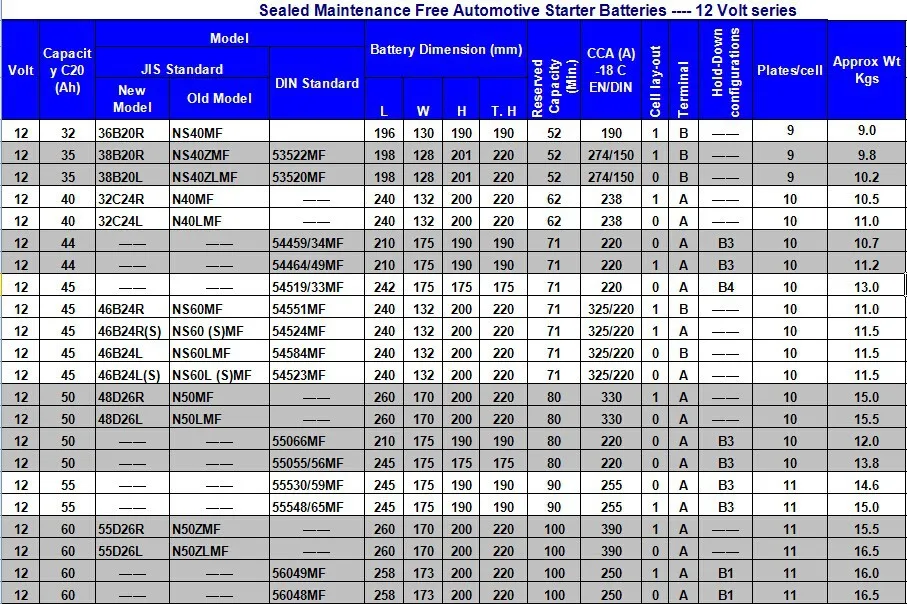

You also need to estimate your desired hours of autonomyĬontinuing with our fridge example, if you wanted to run this fridge for two days before having to recharge your battery, your total energy demand would be 1,68kWh x 2 days = 3,36kWh. You just need to check the load specifications and use:Įnergy required (Wh) = Power (W) x time (h) = voltage (V) x current (A) x time (h) You can calculate every load you wish to power with your battery bank. The above calculation determined the fridge’s energy demand, expressed in watt-hours (Wh).

Considering that an RV fridge requires 70W on average, you’ll need 70W x 24h = 1680 Wh = 1,68 kWh to power this fridge for 24h. Once you’ve calculated the power that each appliance requires to function, you need to determine the amount of time (in hours) you wish to run each load.įor example, you usually run a fridge 24h a day.

In physics, power is the product of voltage and current: Applying a higher value than the recommended voltage and current can damage your appliance.Īnother way to express these ratings is using power (in Watts). What do you wish to power with your battery bank?Įach appliance has its voltage (in volts) and current (in amps) specifications. The size of your battery bank depends on how much energy you need to run your appliances your battery system’s energy capacity should always be greater than your energy demand.īut how do you calculate your power demand? 12V is the most common voltage for batteries used in standard energy storage systems. We’ll also limit our discussion to 12V batteries. Moreover, we’ll discuss the three main types of batteries used in solar battery banks: LiFePO 4 and sealed lead-acid (SLA), namely AGM and Gel. In this article, the phrase “ battery size” refers to a battery’s capacity, not its physical size. In other words, the more material a battery contains, the more chemical energy it can store.įollowing this logic, it’s easy to understand that varying material quantities (that can suffer oxidation) create different battery sizes.Īs a result, you’ll find batteries with different capacities, such as 10Ah, 50Ah, 100Ah, 200Ah, 300Ah, etc. In a battery, the amount of material that can suffer oxidation is directly proportional to the amount of energy this battery can store (and provide). These reactions convert chemical energy into electrical energy (and vice-versa). Reduction and oxidation reactions occur between the electrodes. The basic components of a rechargeable battery are: They consist of one or more electrochemical cells where chemical reactions take place. The unit used for current is Ampere (A).īatteries are used to store and provide electrical energy. The unit used for voltage is Volts (V).Ĭurrent measures the flow of electrons passing through a certain point.
1.5 VOLT BATTERY SPECS FREE
By applying voltage, free electrons move in the same direction, creating current. Without voltage, electrons move randomly in any direction. To understand the different battery sizes, let’s first review a few key concepts:Īlso referred to as potential difference, is the force that pushes electrons around a circuit.



 0 kommentar(er)
0 kommentar(er)
